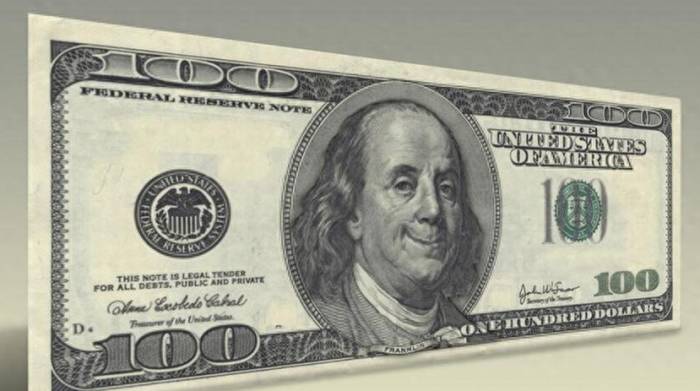- Article
-
19 comment
Traders now believe that the probability of the Federal Reserve cutting interest rates by 50 basis points in September is higher than the probability of a 25 basis point cut, but there is still data that could disrupt the market before the results are announced...
Bond traders are once again considering that Federal Reserve policymakers are more likely to cut rates by 50 basis points rather than 25 at this week's meeting.
Swap contracts tied to the Federal Reserve's rate decision show that the likelihood of a 50 basis point cut this week exceeds 50%, compared to last week when traders had almost entirely ruled out such a possibility.
This has brought the two-year U.S. Treasury yield back to its lowest level in two years and dragged the U.S. dollar index to its lowest level since January.
The reversal of market bets in the past few trading sessions has increased the risk for the Federal Reserve's September policy meeting.
There is a divergence among investors on how much policy support the economy needs and what signal the Federal Reserve's decision to initiate an easing cycle with a significant rate cut would send.
With Federal Reserve members in a quiet period before the policy meeting, traders have only a limited amount of data to rely on, including August retail sales on Tuesday.
Advertisement
"This is going to be a close call," writes Philip Marey, senior U.S. strategist at Rabobank, who expects the Federal Reserve to implement a standard 25 basis point rate cut.
"Powell's lack of guidance may indicate that the FOMC has not yet reached a consensus.
More importantly, Tuesday's retail sales could still change market expectations."
All of this is happening against the backdrop of increasing political tensions in the United States.
The FBI is investigating an apparent assassination attempt against former President Trump, just two months after the Republican presidential candidate was shot at during a rally in Pennsylvania.
For now, the market has ignored the developments, with U.S. stocks opening slightly higher.
On Monday, the two-year U.S. Treasury yield fell four basis points to 3.54%, continuing the trend of plummeting from a high of over 5% in late April.
However, BlackRock strategists have shifted their stance on short-term U.S. Treasuries from overweight to neutral, saying that the market's bets on the extent of the Federal Reserve's rate cuts are unlikely to succeed.
With U.S. Treasury yields already relatively high, BlackRock strategists favor intermediate-term U.S. Treasuries with maturities of 5 to 10 years.
The company's Chief Investment Strategist, Wei Li, said that speculation about the Federal Reserve waiting too long to ease policy and now being forced to accelerate rate cuts to stimulate the economy is wrong.
In an interview, she said that she expects the Federal Reserve to cut rates by 25 basis points on Wednesday.
Li said, "We believe the market is overpricing the depth of the rate-cutting cycle.
The rate-cutting cycle is beginning, but the magnitude may not be as large as the market is pricing."
Although Li acknowledges that the risk of recession may have increased, she said that her base forecast remains a slowdown in the U.S. economy rather than a contraction.
She said that in the meantime, policymakers remain cautious about "persistent" inflation in certain areas of the economy.
She explained, "What we are seeing is the U.S. creating an average of 164,000 jobs per month over the past six months, which is still a fairly strong pace."
The market's repricing of expectations for Federal Reserve rate cuts has also affected the dollar, which has weakened against most major currencies over the past month.

The yen is one of the currencies that have gained the most, breaking through the closely watched 140 level on Monday.
Rodrigo Catril, a strategist at National Australia Bank Limited, said, "We believe the upcoming new easing cycle from the Federal Reserve is the main headwind for the dollar.
As the Federal Reserve eases policy and pushes the funds rate towards neutral or lower levels next year, the dollar will begin a cyclical decline."
Although a technical indicator suggests that the dollar is supported, the market overwhelmingly sides with the camp of a weak dollar.
A survey of analysts by Bloomberg predicts that the euro, yen, Canadian dollar, and Australian dollar will all strengthen against the U.S. dollar by this time next year.